Author: Paul Amico
Released in 2011 by the New Zealand Institute for Plant and Food Research, Kohatu is a moderate alpha acid variety that’s said to contribute a unique blend of intense tropical fruit and pungent pine to beer.
Alpha: 5 – 7.5%
Beta: 4 – 5%
Cohumulone: 21% of alpha acids
Total Oil: 1.0 mL / 100g
Myrcene: 25 – 30%
Humulene: 30 – 40%
Caryophyllene: 12 – 16%
Farnesene: 0.1 – 1.0%
Linalool: 0.4 – 0.7%
Geraniol: 0.1 – 0.6%
ß-Pinene: 0.1 – 1.0%
Parentage: cross of a Hallertau Mittlefruh and a New Zealand Male with North American and European parentage
Despite being around for over a decade, I’ve never personally used Kohatu in my own brewing, and I’m not even sure if I’ve had a commercial beer made with this variety. However, Marshall told me he’d used it in a Pale Ale many years ago and recalls it having a distinct fruity pebbles character, which he said he enjoyed, but owned that his perspective over the last 7 years has likely shifted a bit. As a fan of other New Zealand hops, I looked forward to brewing this single-hop Kohatu batch!
| MAKING THE BEER |
I stuck with our standard Hop Chronicles Pale Ale recipe for this batch, making small adjustments to the kettle hop additions to maintain consistent bitterness.
Kotahu Pale Ale
Recipe Details
| Batch Size | Boil Time | IBU | SRM | Est. OG | Est. FG | ABV |
|---|---|---|---|---|---|---|
| 5.5 gal | 60 min | 36.1 | 4.8 SRM | 1.054 | 1.008 | 6.04 % |
| Actuals | 1.054 | 1.008 | 6.04 % | |||
Fermentables
| Name | Amount | % |
|---|---|---|
| Pelton: Pilsner-style Barley Malt | 10 lbs | 83.33 |
| Vanora: Vienna-style Barley Malt | 2 lbs | 16.67 |
Hops
| Name | Amount | Time | Use | Form | Alpha % |
|---|---|---|---|---|---|
| Kohatu | 17 g | 60 min | Boil | Pellet | 6.6 |
| Kohatu | 22 g | 30 min | Boil | Pellet | 6.5 |
| Kohatu | 24 g | 15 min | Boil | Pellet | 6.6 |
| Kohatu | 56 g | 2 min | Boil | Pellet | 6.5 |
| Kohatu | 56 g | 4 days | Dry Hop | Pellet | 6.5 |
Yeast
| Name | Lab | Attenuation | Temperature |
|---|---|---|---|
| Flagship (A07) | Imperial Yeast | 77% | 32°F - 32°F |
Notes
| Water Profile: Ca 92 | Mg 1 | Na 10 | SO4 153 | Cl 50 |
Download
| Download this recipe's BeerXML file |
I started off my brew day by collecting the full volume of filtered water and adjusting it to my desired profile.
After flipping the switch on my controller to heat up the water, I weighed out and milled the grain.
When the water was properly heated, I incorporated the grains and set the controller to maintain my desired mash temperature of 152°F/67°C before preparing the kettle hop additions.
Once the 60 minute mash rest was complete, I removed the grains and proceeded to boil for 60 minutes, adding hops at the times stated in the recipe. When the boil was complete, I used my CFC to chill the wort during transfer to a sanitized fermenter.
A refractometer reading showed the wort was at my target OG.
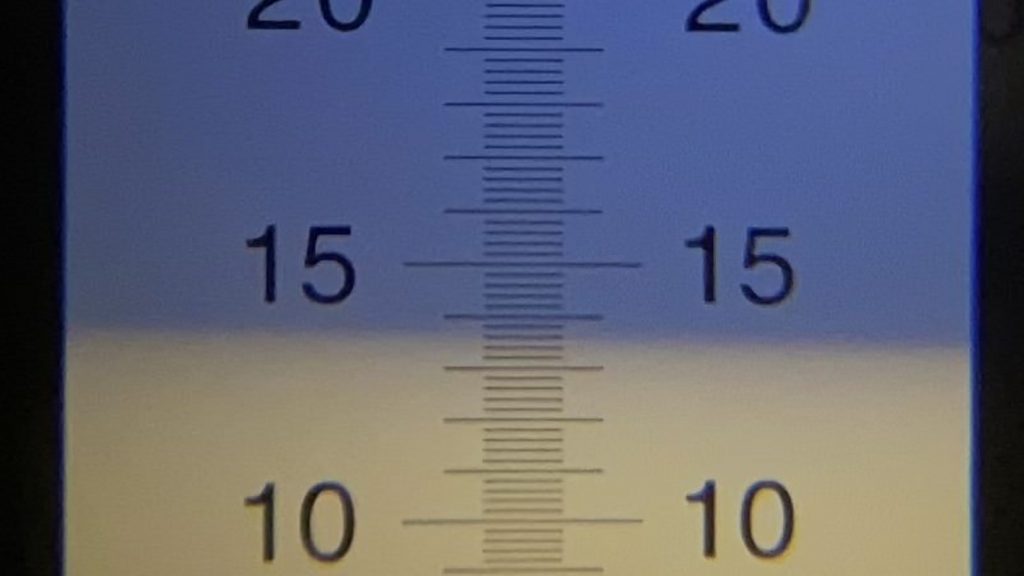
Next, I direct pitched a single pouch of Imperial Yeast A07 Flagship into the wort.
The beer was left to ferment at 66°F/19°C for 2 weeks before I took a hydrometer measurement confirming FG was reached.
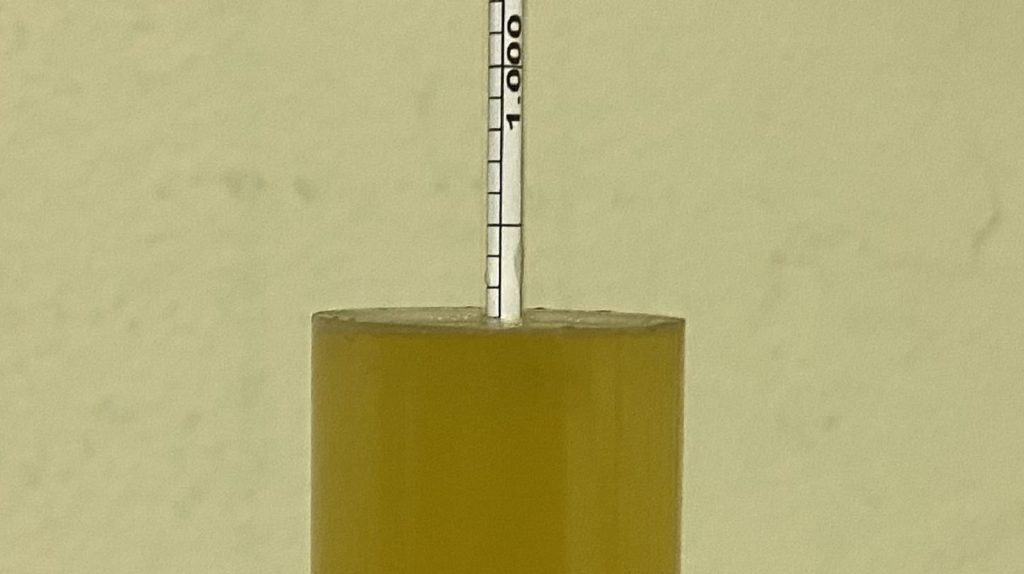
With fermentation complete, I transferred the beer to a CO2 purged keg.
The filled keg was placed in my keezer and burst carbonated overnight before I reduced the gas to serving pressure. After a week of conditioning, I began serving it to blind tasters.
| METHOD |
Participants were instructed to focus only on the aromatic qualities of the beer before evaluating the flavor. For each aroma and flavor descriptor, tasters were asked to write-in the perceived strength of that particular characteristic on a 0-9 scale where a rating of 0 meant they did not perceive the character at all and a 9 rating meant the character was extremely strong. Once the data was collected, the average rating of each aroma and flavor descriptor was compiled and analyzed.
| RESULTS |
A total of 31 people participated in the evaluation of this beer, all blind to the hop variety used until after they completed the survey. The average aroma and flavor ratings for each descriptor were plotted on a radar graph.
Average Ratings of Aroma and Flavor Perceptions
The 3 characteristics endorsed as being most prominent by participants:
| Aroma | Flavor |
| Tropical Fruit | Stone Fruit + Apple/Pear (tie) |
| Citrus | Melon + Berry (tie) |
| Stone Fruit | Pine |
The 3 characteristics endorsed as being least prominent by participants:
| Aroma | Flavor |
| Onion/Garlic | Resinous |
| Dank/Catty | Grassy + Dank/Catty (tie) |
| Berry | Onion/Garlic |
When asked to rate the pungency/strength of the hop, most tasters perceived it as being mildly to moderately pungent.
Tasters were then instructed to identify beer styles they thought the hop would work well in.
Finally, participants were asked to rate how much they enjoyed the hop character on a 1 to 10 scale.
My Impressions: While I did get a fairly strong fruitiness in the aroma of this beer, I was surprised by how little it seemed to carry through in the flavor, which I felt was marked by piney and earthy notes. It certainly wasn’t bad, but in my opinion, Kohatu would work better in combination with other varieties.
| CONCLUSION |
Over the last couple decades, the South Pacific island country of New Zealand has come to be known for the hops it grows, which are known to impart unique and highly desirable characteristics to beer. One such hop is Kohatu, a variety named after a small village in the Nelson region that has been praised for the fruity and piney notes in contributes.
Corroborating existing descriptions, blind tasters of a Pale Ale made solely with Kotahu endorsed tropical fruit, citrus, and stone fruit as being the strongest aroma characteristics, while stone fruit, apple/pear, melon, berry, and pine were noted as being the strongest flavor components. Interestingly, a majority of tasters felt the hop pungency in this beer was mild, while only one person rated it as strong. Still, perhaps given its general fruitiness, participants tended to think Kotahu would work well in hoppy American styles like IPA, though some felt it would be a nice fit in the more yeast-forward styles of Weissbier and Saison.
Based on the existing descriptors as well as what Marshall told me about his initial experience with Kohatu, I admittedly expected it to be a pungent fruit bomb. While I did detect decent fruitiness in the aroma, such was not the case on my palate where I picked up stronger notes of pine and earthiness. I enjoyed this single-hop Kotahu beer just fine, but I can’t see myself using it again in this capacity, though I do look forward to pairing it with other fruity hops in future batches of IPA.
Kotahu hops are available now at Yakima Valley Hops, get some while you can! If you have any thoughts on this variety, please feel free to share them in the comments section below.
Support Brülosophy In Style!
All designs are available in various colors and sizes on Amazon!
Follow Brülosophy on:
FACEBOOK | TWITTER | INSTAGRAM
If you enjoy this stuff and feel compelled to support Brulosophy.com, please check out the Support page for details on how you can very easily do so. Thanks!



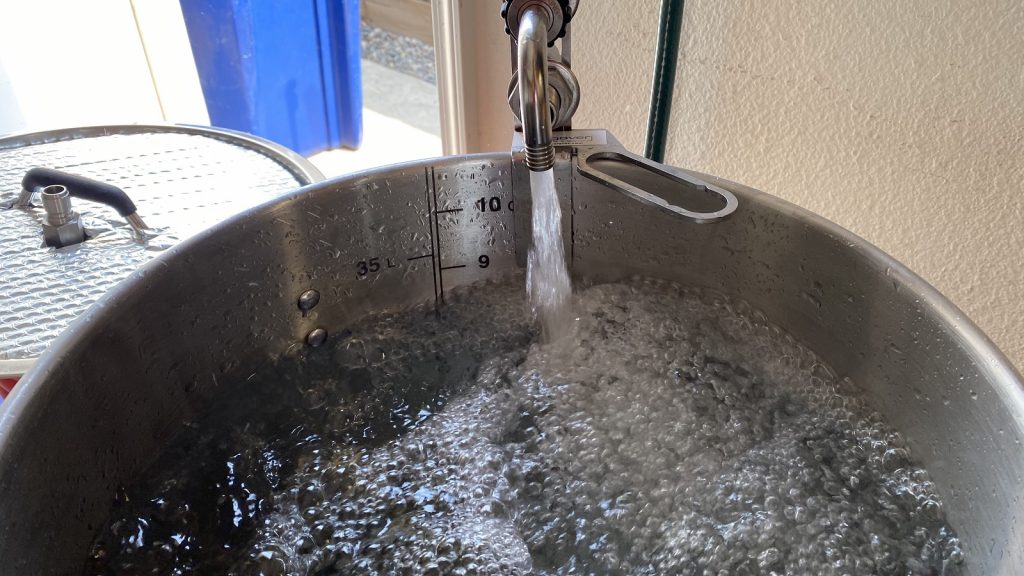
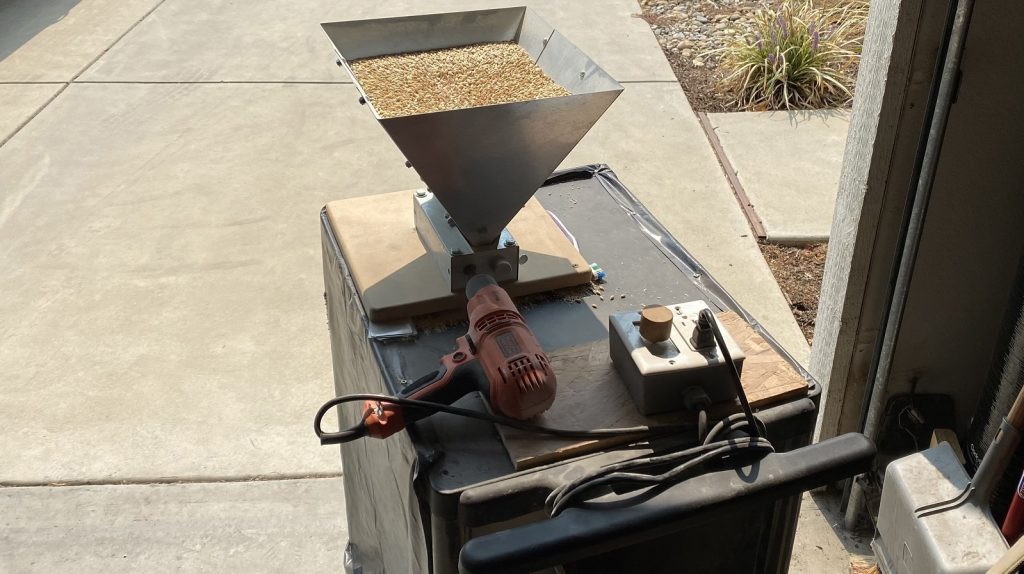
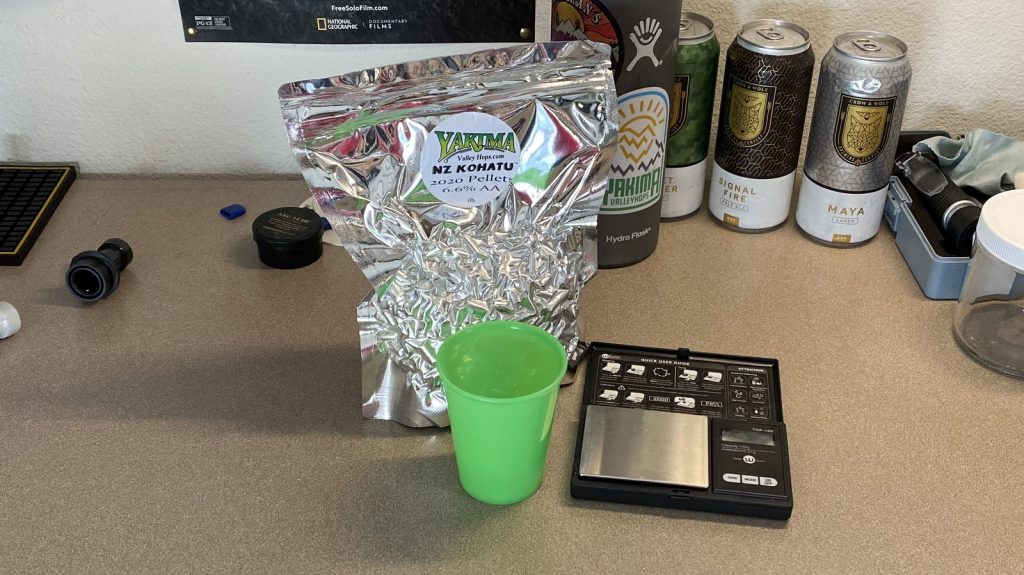
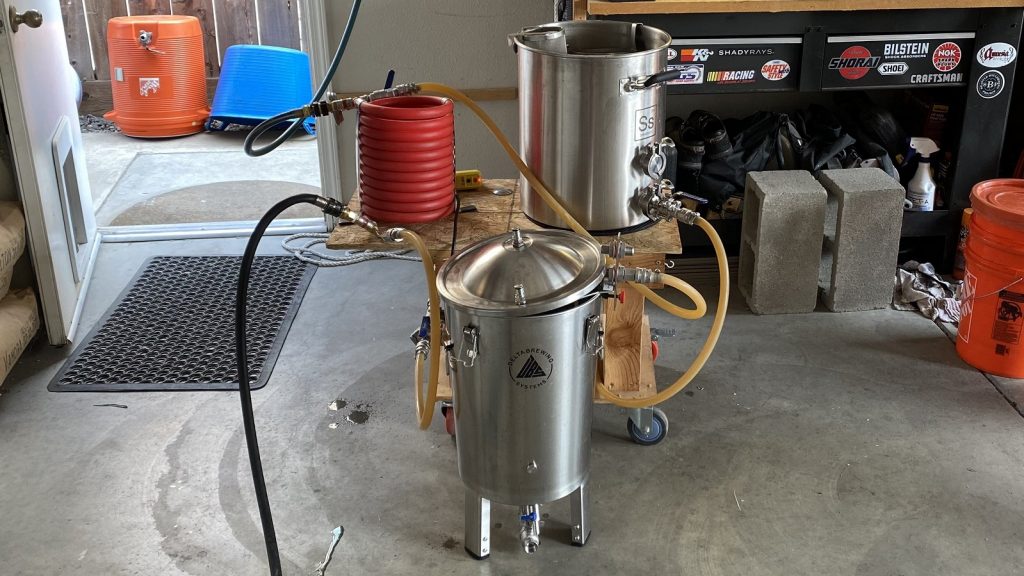
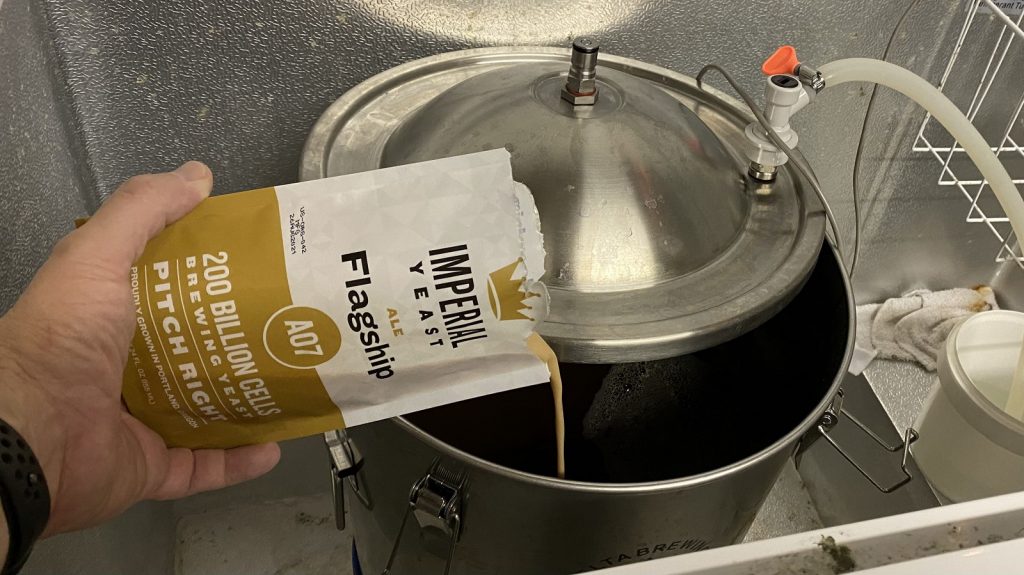
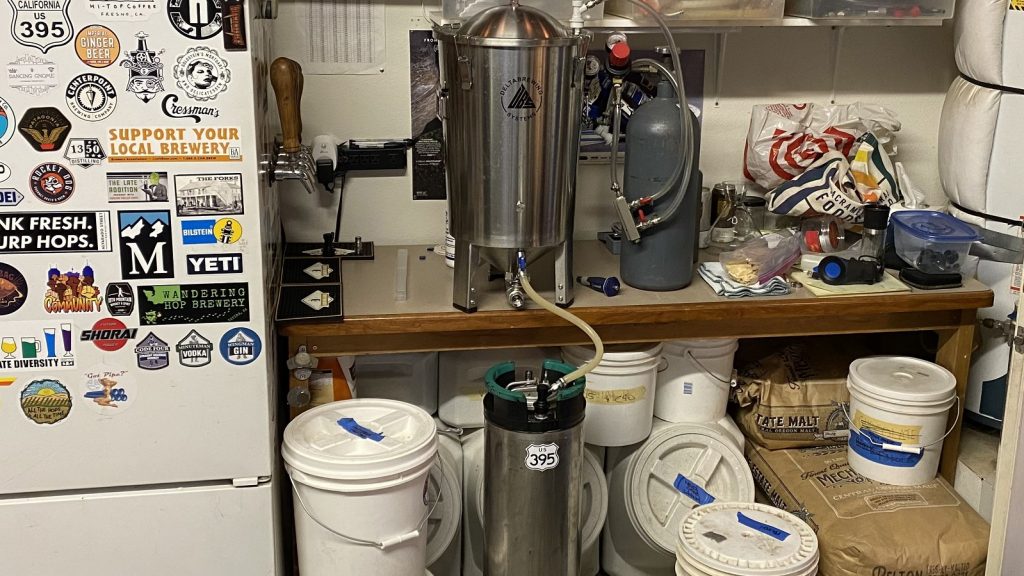
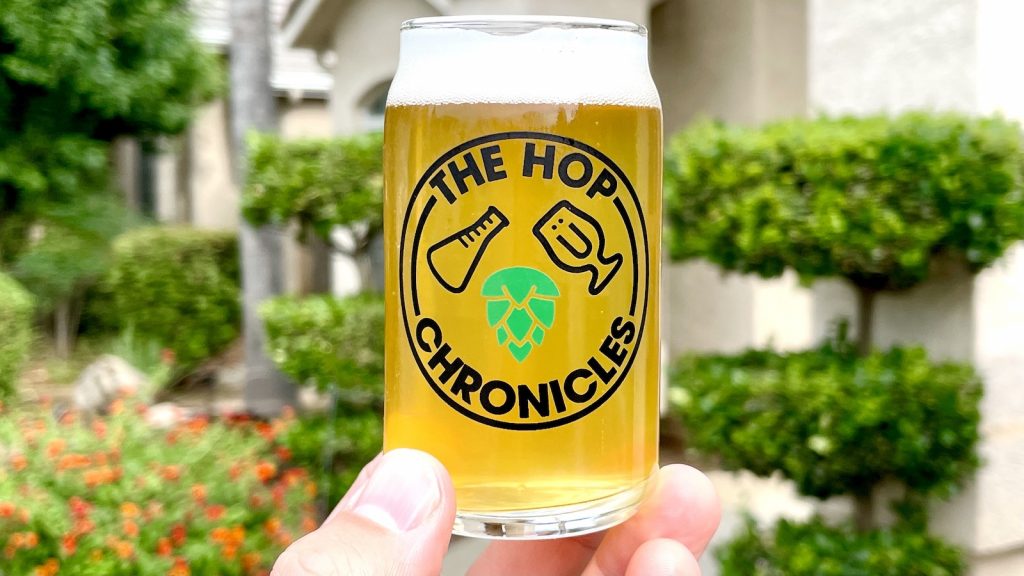

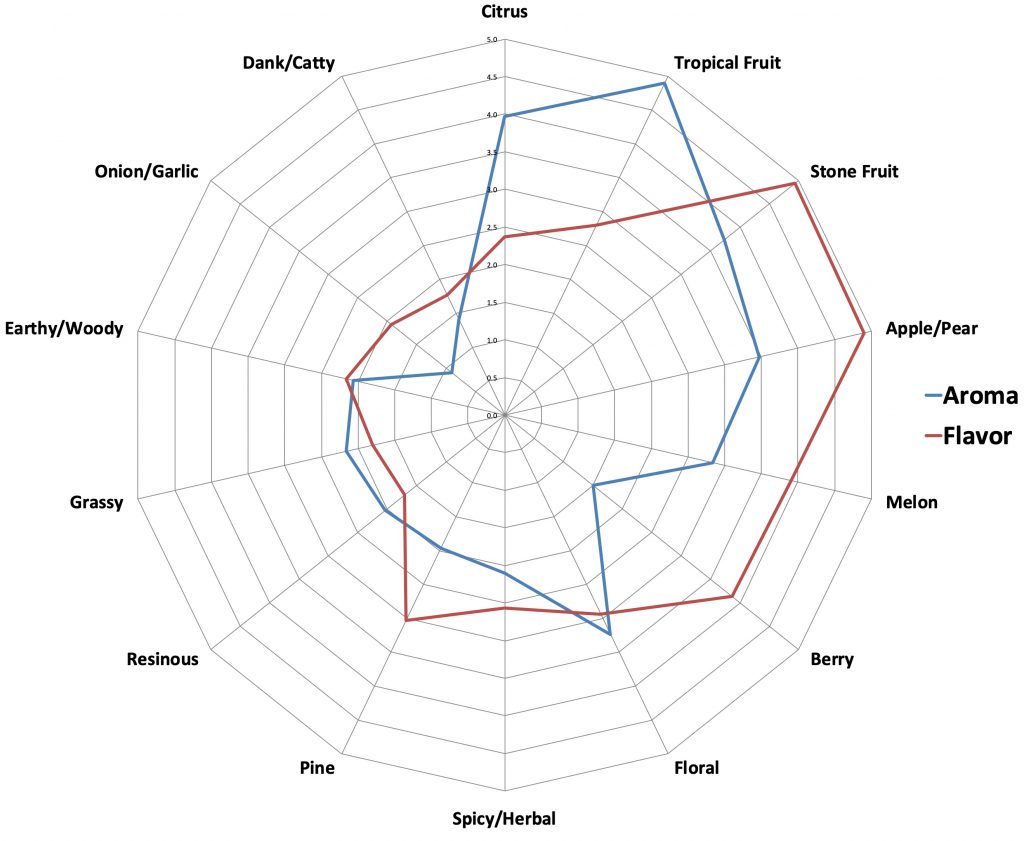
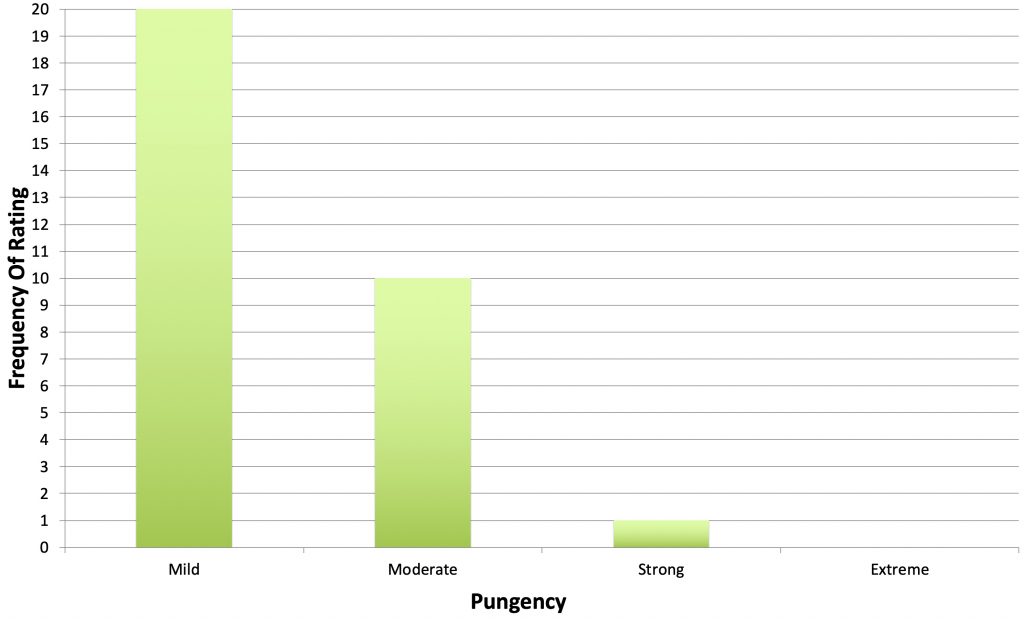
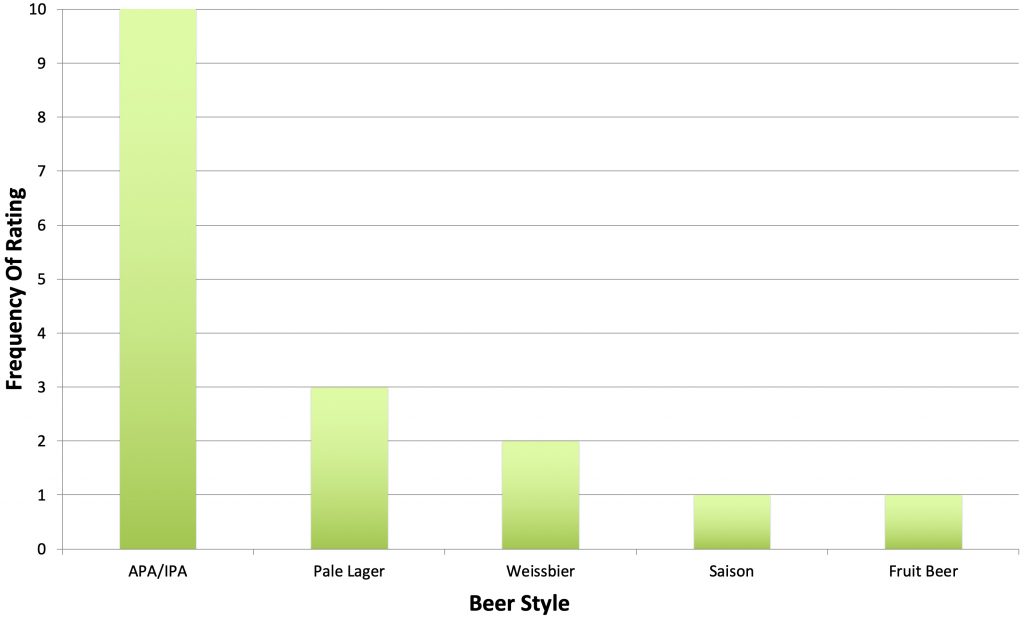
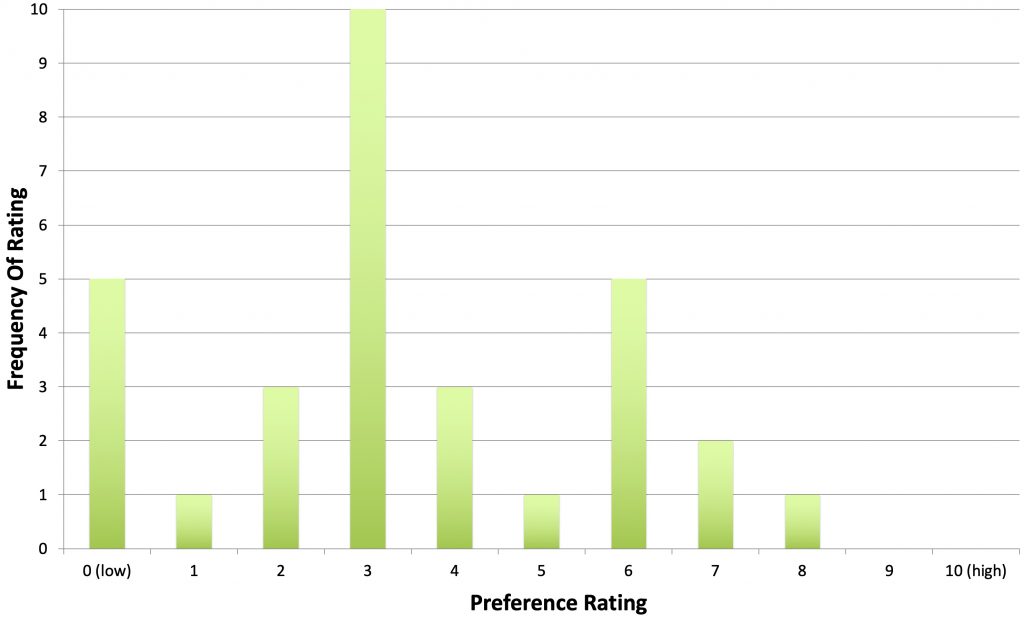











3 thoughts on “The Hop Chronicles | Kohatu (2020) Pale Ale”
That refractometer reading sure looks like 13.6 to me.
This hop sounds interesting, especially as a complement to another hop. I like the Saison idea.
“fruity pebbles”
Can’t imagine wanting that in a beer.
Is it Kohatu or Kotahu I really can’t tell…